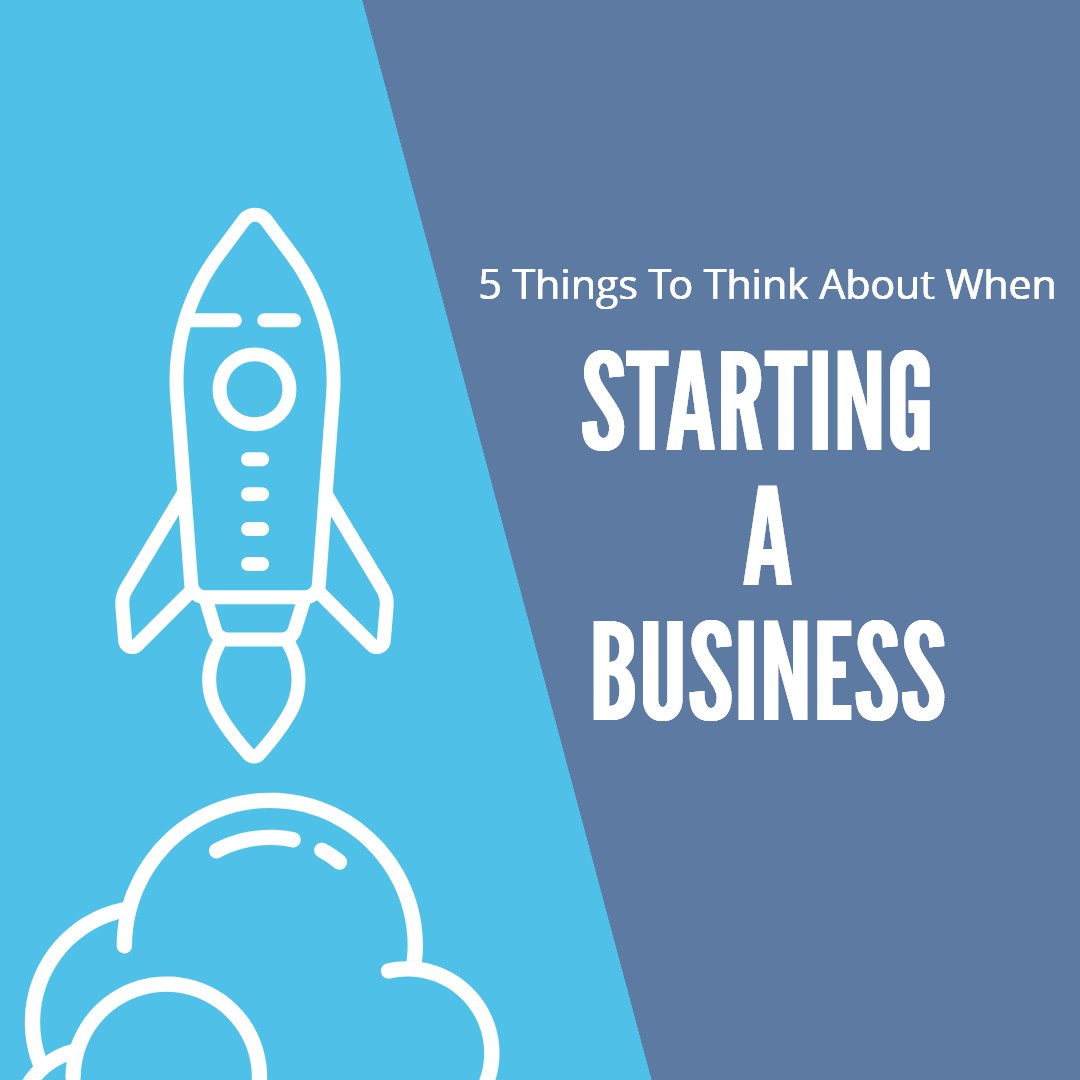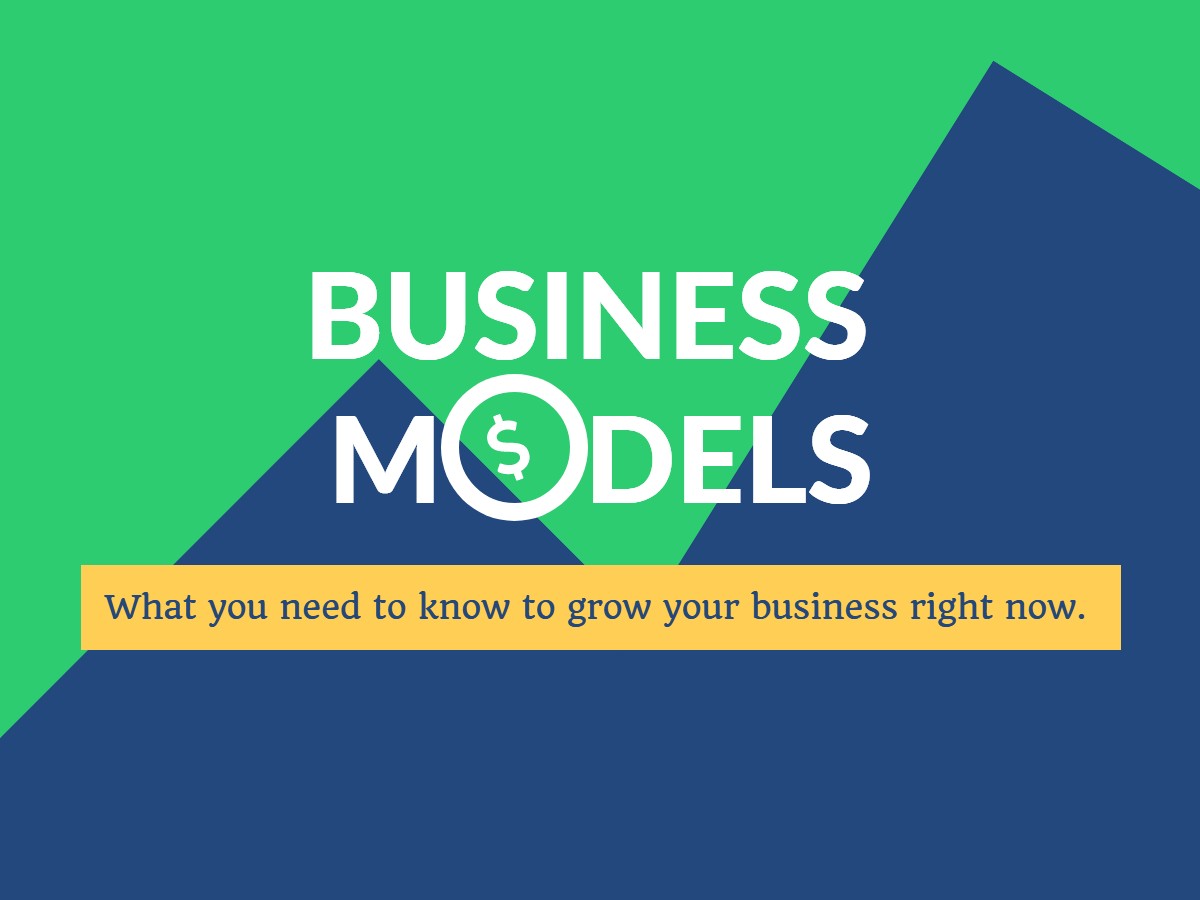Helping businesses do epic things is pretty great most of the time. Most of the time I get to enter the picture right when a business is hitting an exciting inflection point. It can look like anything from helping a business owner apply for (and get) funding for an expansion, to launching a brand new product line, and even helping businesses chart new courses for their next fiscal years. It’s the really exciting kind of change and the fun kind of tough decisions to tackle.
Unfortunately though this post isn’t going to be about the fun stuff.
Every once and awhile, what I do is less than great. It’s less than great because the real world doesn’t work like a Disney Movie. There’s not always a happy ending. These are the times when I really want to help someone but they waited too long to ask for help or they were too stubborn to admit that they needed help. A stubborn business owner will reach out, tell me I’m their last hope, have zero resources left, and expect me to give them some kind of magic business growth bullet to save their business. And, we can’t forget that (most of the time, not always) this down on their luck business owner is blaming everything from market conditions to their past employees on why they landed in their current situation. It’s never their fault and they always already know everything.
When entrepreneurs are at their most desperate are the times I really wish I had something like that to give to their ailing business. I wish I had a cheat code I could just hand them on an Inspector Gadget style self-destructing note that, once entered, will instantly turn things around for them. I’d want to give them an instant solution because by the time a business reaches that point of no return some real learning and authentic growth has happened for a few of those entrepreneurs. In losing their businesses a few people find real clarity and learn a lot about what it takes to really run a business, instead of just playing wantrepreneur like they had been up to that point.
But I don’t have a cheat code or magic bullet to turn around failing businesses. What I do have are a few foundational business building pillars that business owners can apply to get back to basics and hopefully build their way out of their current hole. If you, or someone you know, is heading this way the thing they’ll need most is time. So, hopefully there’s still a little runway left.
Let’s get into the pillars.
Pillar 1 - Yes, your mission matters. We’re about to lace up and hit the starting line, stay with me it’ll make sense I promise.
Building a business is a lot like running a race. I’m not a runner so visualizing the challenge of running a 5k is more than scary enough for me. If you plan on finishing that race you probably need to do a little more than just showing up the day of and waiting around until it starts. If you plan on running that race successfully you have to think about lots of things. Everything from the fuel you put into your body, to the dedicated training (even if it is the Couch To 5k app), and the sneakers you’re wearing on race day. There are lots of variables and there’s lots of work that goes into getting ready for race day. The funny thing is that even though you and I are completely different people, have different reasons for running that race, have different expectations, different life circumstances, and have different plans for what we’re going to do after we finish (mine probably involves finding a burger and beer) we have one very important thing in common. Every decision that we make is in service of making sure we do our best come race day. Don’t roll your eyes just yet. This isn’t you’re normal running a marathon is a business analogy. One of the most common challenges I see when a failing business owner comes to me for help is that they aren’t making decisions that consistently map to the mission of their business. They’re guessing or using some internal judgement of the day for what they think is right when they make a decision in the business. Most of the time it’s because they don’t have a clearly articulated mission and so they just wing the decisions they need to make every day. It’s the same as showing up to race having done literally nothing. If everyday you have nothing to help you focus how you spend your time, what you should be spending your money on, what values you stand for, how you communicate with people, and what you want your customers to really experience when they interact with you then you’re just showing up to the race in jeans and boat shoes. Every decision made in a business MUST be in service of that business’s mission. The mission of a business is its reason for being and without it they’re just playing entrepreneur. Here’s where you can get more info on creating awesome mission statements.
Pillar 2 - Building a business means building real relationships.
Someone who’s complaining that their business isn’t growing is most likely citing the cause as not enough customers. That’s not super helpful insight though as you can probably guess. So let’s break that premise down a bit. The most common reasons that a business doesn’t have enough customers boils down to to main themes: bad product/service or obscurity. Let’s tackle obscurity here and save bad product/service for a later pillar.
When I say obscurity what I mean is that the business owner is not doing enough to take the time to really get to know their audience, community, target market, or however else you’d categorize the people you want to buy your stuff. There’s no relationship being built. Why would anyone trust that you can help them or support them in exchange for their hard earned dollars? These are also the business owners that tell me that they have social pages, websites, review sites, etc. and are too busy to do anything with them. Or worse, all they only post are mini commercials for their stuff. For every post. No one wants to see that just like no one really wants to watch those Facebook Live streams of people trying to QVC their multi-level marketing clothing, charcoal toothpaste, or fitness shakes. Beating obscurity is going to take them showing up a lot more than they are comfortable with and in ways that deliver real value to people - yes, entertainment counts as value. They need to take building a robust content calendar seriously and here are some of my favorite ways to help people jump start their brand engagement.
Look for podcasts to pitch to as a guest. I probably don’t have to tell you that podcasts are huge right now. I’m also guessing that you or any business owner are know lots about the value you’re the business brings to the world. Everyone loves a good subject matter expert. There are millions of podcasts and I’m willing to bet that with a little search enginuity one can put together a list of podcasts still trying to find momentum to offer up guest services too. It’s a win win. They get content and the business owner gets exposure, and also content.
Facebook Live is an awesome place to play right now. This platform allows you to just show up, share a message, and go. It’s an opportunity for a business owner to connect in real time with people and allow their community to peek behind the curtain in the business. I’m a huge fan of live but like any content that’s really valuable, a little prep work goes a long way.
Don’t sleep on in person networking. Every week in communities all over the world are professional networking events you can attend. From local BNI chapters, to Chamber of Commerce events, and even Young Professional events, they’re all great places to meet new people. Notice I said meet, not sell. Managing your expectations is critical in situations like this and the primary goal should be to just meet people. Sure, a sale might happen down the line but it’s after someone has the opportunity to get to know/like/trust you/the business owner. And remember, the name of the game is beating obscurity here.
Blog/Podcast/Video - Content is still king going into 2019. The modern customer consumes for lots of reasons and one of the biggest ones is that they feel that their values align with a business’s values. The best way to connect an audience or target market to a business is by communicating directly to them. I’m not saying you have to do all three, I mean if you can it’s better because there are more platform options, but you do have to do something. A business has to give people a reason to interact with them and it often starts with the simple consumption of some piece of content. A business owner that shares their message, teaches, entertains, and stands for something will always have the advantage over a competitor that doesn’t. Consumers are looking for the story just as much as they are looking for the solution or even the right price.
Pillar 3 - There’s always more work to do.
It takes a lot of work to build a business. Not just a lot of work but a lot of hours, a lot of sacrifice, and a big emotional investment. One of the toughest things I have to do sometimes is look a business owner in the face and tell them that they’re not working enough. People get defensive but my intention is not to attack them personally, it’s to show them that there are consequences for the choices they make. It can be tough to tell someone to put more of themselves into their business when they are coming from place of feeling like they’ve already made a tremendous investment and haven’t seen any kind of return. What’s worse is that most people don’t track the effectiveness of their marketing, sales, and the dollars they spend so when it’s time to do more work they struggle with deciding what to do next. Unfortunately all work is not created equal when it comes to generating positive outcomes for a business. I’m not in the business of telling people how to live their lives but if they are serious about saving their business or turning it around, their business is going to demand more of them. More creating of content, more networking, creating more opportunities for sales, etc. Often when resource constraints are at their tightest means the easiest (in concept) thing to allocate is the business owner’s time. As business owners we can’t control what our customers do after we ask for the sale or post something on social. What we can control is how many proposals get sent out, how many posts get created, how much feedback we try to solicit, and how many people the business owner chooses to interact with. It takes time.
Going back to Pillar 2 it also means doing the work to honestly assess a business’s offerings. If the market is not responding to a business there’s a good chance that there’s no product/market fit. It takes time to go back to the drawing board and really look at the assumptions that were used when that business was born. It’s going to take asking a lot of hard questions, things like:
How big is the actual market for the good or service?
Is it a need vs. a want vs. a novelty?
Why would/should anyone care about your offering?
How mature is the market? Are there cheaper substitutes? Too much of a learning curve?
Do people understand the business’s mission? If yes, go back to question 3.
Iterating doesn’t have to be all doom and gloom but it does have to happen fast if a business is in trouble. The quicker a business owner can get over their ego, roll up their sleeves, and commit to getting to work the better the odds of success become. My recommendation is to try to figure out which levers lead most effectively to generating revenue and leaning hard on that work, try not to Wolf of Wall Street though.
The saddest part of what I do is seeing people give up on themselves. I get it though. In their business’s most critical time they finally find the courage to reach out and instead of giving them an easy button I have to tell them to double down. Sometimes people don’t have the stomach for that or they’re just too beat up to go on. There’s no shame in having tried though which is easier to say from behind a keyboard I know. As business owners we tie up so much of our identities in our businesses. It’s hard to seperate the entrepreneur from the business which is why I try my best to teach people that failures (or successes) are just outcomes. What happens in a business is the output of an equation whose variables include the choices made around mission, community, and the work that’s done. Sometimes people make less than great choices because they’re operating from less than great assumptions and less than great information - that doesn’t mean they’re less than great people. So, if you know someone who’s struggling in their business and they haven’t reached out to anyone yet think about sending this post their way and maybe there’s an idea here that helps kickstart a new and positive inflection point for them.
Or, at the very least softens the blow of having to close the doors. Plus there’s no rule that says you can’t try again.




















